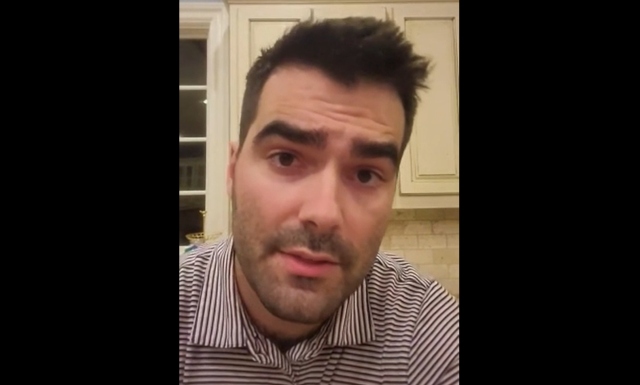Court ruling now means the NYT can lie about anyone with impunity… “fake news” was just rubber stamped by the courts
09/03/2017 / By Cassie B.

Sarah Palin’s defamation lawsuit against The New York Times has been dismissed by a federal judge in a move that could subject us to even bolder lies being printed by media outlets in the future.
In the piece at the center of the lawsuit, The New York Times stated that Jared Loughner opened fire at a Tucson political event because he had been influenced by a political ad that was published by a pro-Palin political action committee. He killed six people and seriously wounded 18 others, including then-Representative Gabby Giffords (D-Arizona).
It was later discovered that the schizophrenic Loughner had never even seen the map and his obsession had started three years before it was ever published, but that didn’t stop the paper from mentioning it in an editorial that was published following an incident in which a left-wing activist shot Republican Congressional members who were practicing for a Congressional baseball game.
It read: “In 2011, when Jared Lee Loughner opened fire in a supermarket parking lot, grievously wounding Representative Gabby Giffords and killing six people, including a 9-year-old girl, the link to political incitement was clear. Before the shooting, Sarah Palin’s political action committee circulated a map of targeted electoral districts that put Ms. Giffords and 19 other Democrats under stylized cross hairs.”
Judge Jed Rakoff of the U.S. District Court of Southern New York said he felt the paper’s actions did not constitute defamation because they quickly fixed the inaccuracies of the editorial. The day after the editorial was published, the New York Times posted a correction to it conceding that it had “incorrectly stated that a link existed between political rhetoric and the 2011 shooting of Representative Gabby Giffords. In fact, no such link was established.”
This, Rakoff argued, was “much more plausibly consistent with making an unintended mistake and then correcting it than with acting with actual malice.” The judge conceded that the paper may have been negligent in not thoroughly checking the facts but did not feel that defamation occurred.
Media won’t be held accountable for publishing fake news
Many experts predicted the case would be tough to win, but it is still concerning from the standpoint of media accountability. The problem is that defamation in the legal sense, when it comes to public figures, involves more than just printing a lie; they also had to prove that actual malice took place. In other words, they needed to prove that the newspaper knew the information was false and published it anyway.
In theory, the law might make sense, as the free press is a vital part of democracy and most of us wouldn’t want the press to second-guess publishing news they know to be true but lack the evidence needed to defend against a potential lawsuit. However, as Washington Examiner contributor Mark Grabowski points out, this definition can be abused by unsavory journalists who are trying to harm the reputation of public figures because of their own bias.
This means that the New York Times and other media outlets can now print whatever lies they want and not have to worry about legal action as long as they “correct” it later. It’s frightening to think of what they might try to get away with next. It’s almost like they have a safety cushion that allows them to spread falsehoods to sway people to believe whatever they want them to believe without fear of repercussion. Now that the courts have essentially rubber-stamped “fake news,” we will likely see a lot more of this behavior in the future, not only from the New York Times but from other mainstream media outlets as well.
Sources include:
Submit a correction >>
Tagged Under:
defamation, fake news, lawsuit, mainstream media, Media Lies, New York Times, Sarah Palin
This article may contain statements that reflect the opinion of the author
RECENT NEWS & ARTICLES
COPYRIGHT © 2017 HOAX NEWS




















